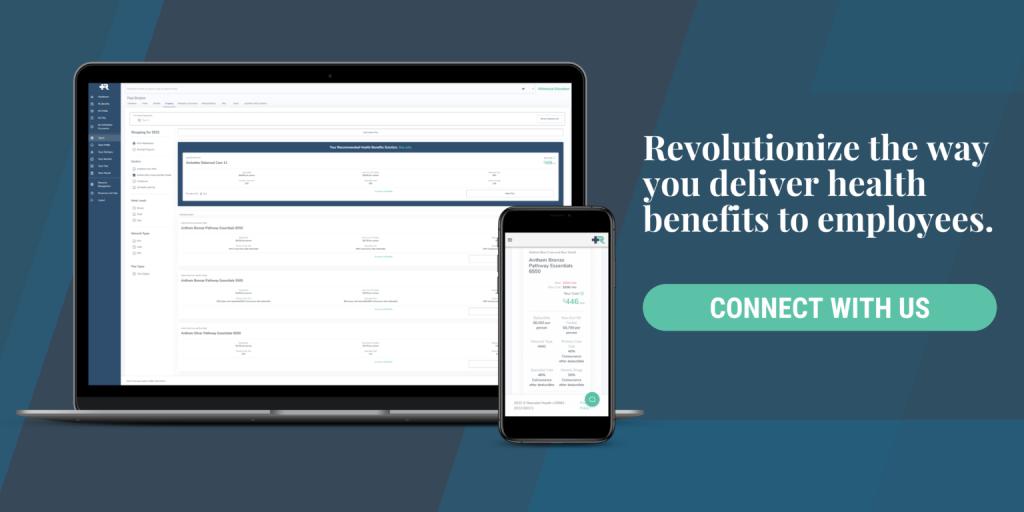
In today’s complex landscape of health insurance, finding effective ways to manage healthcare costs is more critical than ever. One powerful tool that many individuals and families are turning to is the Health Savings Account (HSA). But what is an HSA, and how can it benefit you not just for healthcare but for long-term savings as well? Let’s explore the power of HSAs and why they might be the right choice for your financial and health planning needs.
What is an HSA?
A Health Savings Account (HSA) is a tax-advantaged savings account designed to help individuals with high-deductible health plans (HDHPs) save for medical expenses. HSA funds can be used to pay for a wide range of qualified medical expenses, including doctor visits, prescriptions, dental care, and vision services. But HSAs offer more than a way to cover immediate healthcare costs—they also serve as a powerful savings tool with benefits that extend beyond healthcare.
The Key Benefits of an HSA
One of the most compelling features of an HSA is its triple tax advantage:
Tax-Free Contributions
Contributions to an HSA are made with pre-tax dollars, reducing your taxable income.
Tax-Free Growth
The funds in the account grow tax-free, allowing your savings to accumulate over time.
Tax-Free Withdrawals
Withdrawals for qualified medical expenses are tax-free, maximizing your savings potential.
In addition to the tax advantages, an HSA offers flexibility and control. Unlike Flexible Spending Accounts (FSAs), which have a “use-it-or-lose-it” rule, HSA funds roll over year after year, allowing you to build up a substantial balance over time. This makes HSAs not only a tool for managing healthcare costs today but also a potential source of savings for retirement. After you turn 65, you can even use HSA funds for non-medical expenses without penalty, though the withdrawals will be subject to income tax, much like a traditional 401(k) or IRA.
How to Use Your HSA Wisely
Maximizing the benefits of an HSA requires strategic planning. One of the best ways to do this is by contributing as much as possible each year, up to the IRS limits. For 2024, the contribution limit is $4,150 for individual coverage and $8,300 for family coverage, with an additional $1,000 catch-up contribution allowed for those age 55 and older.
Another critical strategy is considering your HSA as a long-term investment vehicle rather than just a short-term healthcare fund. You can take advantage of the tax-free growth potential by covering more minor medical expenses out-of-pocket and leaving your HSA funds invested. Many HSA providers offer investment options similar to those in a 401(k) or IRA, allowing you to build a diversified portfolio that can grow over time.
HSAs: A Tool for Healthcare and Beyond
The power of HSAs extends far beyond just paying for healthcare expenses. By taking advantage of the tax benefits, flexible contribution options, and investment opportunities, an HSA can play a vital role in your overall financial strategy. Whether you’re looking to manage current health insurance costs or save for the future, understanding what an HSA account is and how it works can help you unlock its full potential.
As healthcare costs continue to rise, having an HSA can provide peace of mind, knowing that you’re financially prepared for whatever comes your way. Start maximizing the power of your HSA today, and you’ll be well on your way to a healthier, wealthier tomorrow.

